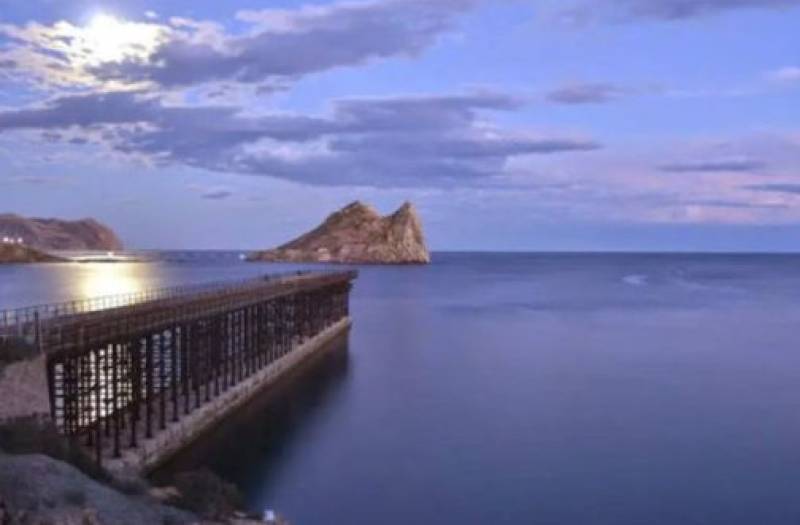
A 2-hour walk on the environmentally friendly route along the seafront of Águilas town centre The network of “Senderos Azules” is an initiative promoted in Spain by ADEAC, the Association of Environmental and Consumer Education, to recognize and promote sustainable and environmentally friendly walking paths, this contributing to the enjoyment and preservation of nature and ethnographic heritage. The “Tres Bahías” (Three Bays) route..
READ MORE
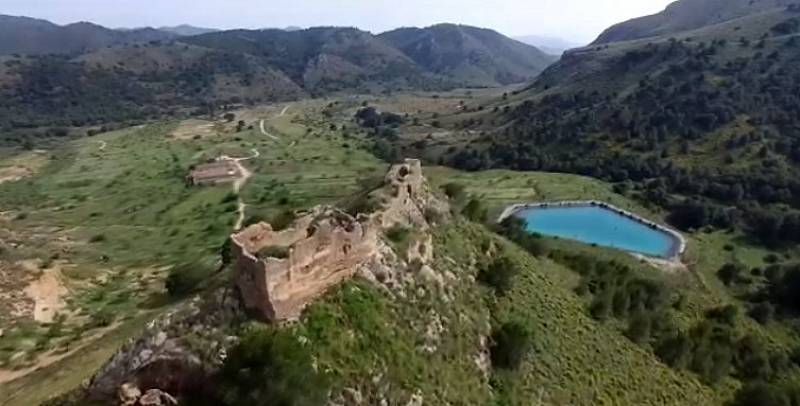
An 11th century fortification in Águilas which was strategically important in the conflicts of the Middle Ages Image: Consejo de Agricultura Ecológica de la Región de Murcia - Caerm The ruined castle of Chuecos stands at an altitude of 687 metres above sea level on a hill in the Sierra de Almenara and was built to protect and make use of a historic natural spring which lies just below. To the north is the Casa de Chuecos and the small church..
READ MORE
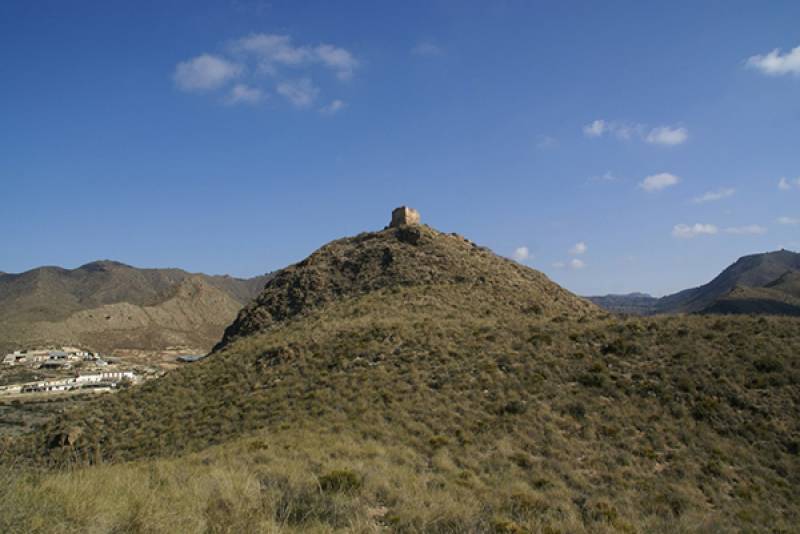
The castles of Chuecos and Tébar protected the rural population of Águilas as long ago as the 12th century The castle of Tébar stands at an altitude of 486 metres above sea level on a hill next to the old road between Lorca and Mazarrón (click for map), about 12 kilometres from the town of Águilas, and although the road (now the RM-332) is close by it requires something of a hike to reach it from a small rural track. It is a near total ruin..
READ MORE
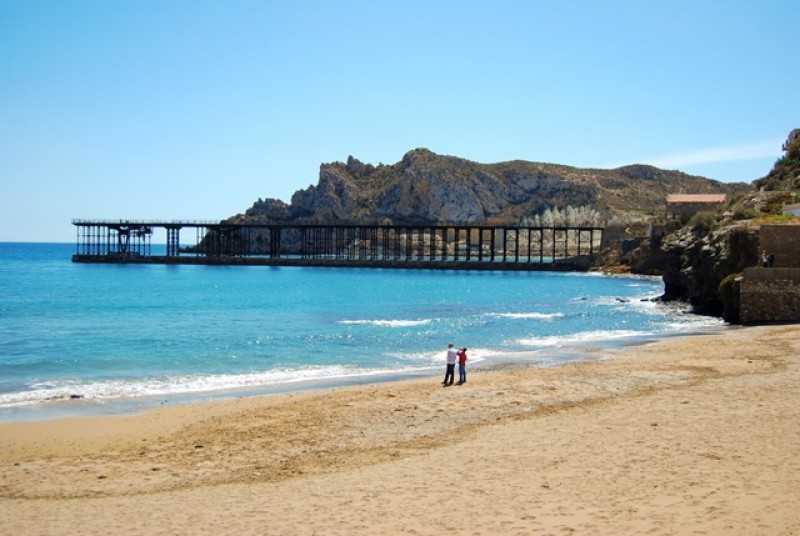
A monument to British railway engineering on the coastline of Murcia (Click for the full history of Águilas) The "British Great South Eastern Spain Railway Company" built the "Lorca-Almendricos-Águilas" railway line between 1887 and 1896 in order to transport minerals, principally, iron, from the Sierra de los Filambres in Granada to the coast, and in 1901 work began to construct a purpose-built loading dock in order..
READ MORE
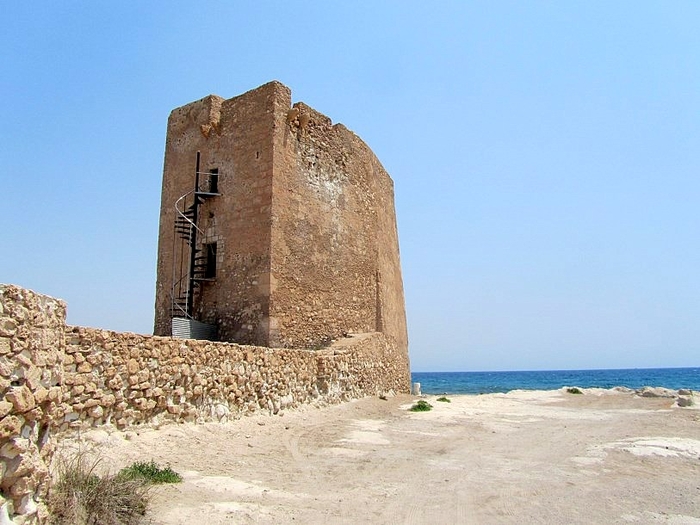
The Torre de Cope was used until the 19th century to defend the Águilas coast The Torre de Cope is a 16th-century watchtower on the low ground beneath the headland of Cabo Cope in the east of the municipality of Águilas, and was originally one of those built in order to provide advance warning to local inhabitants of imminent raids by the Berbers who lived in the northern coastal regions of Africa. The raiders from Africa were largely..
READ MORE
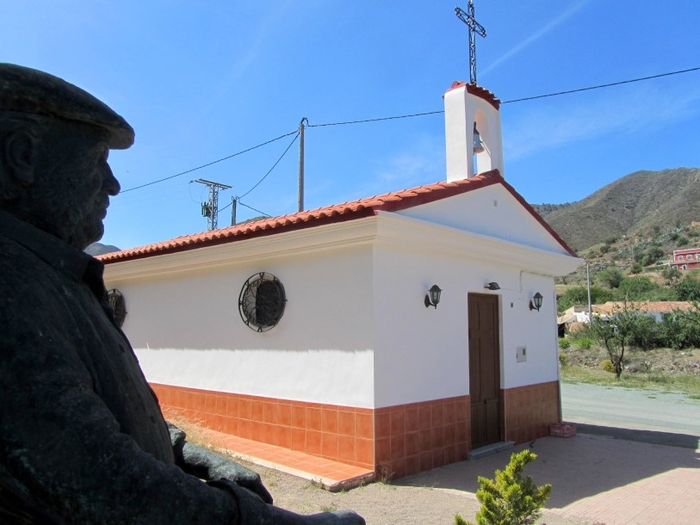
A pleasant trip out to the mountains behind Calabardina Cuesta de Gos is a tiny hamlet in the foothills of the mountains behind Águilas and Calabardina, and consists of no more than a scattering of around a dozen houses. The inhabitants of the village used to struggle to make their living from the few crops which could be grown in the arid countryside before irrigation was viable, but nowadays the houses belong mostly to a few families who..
READ MORE
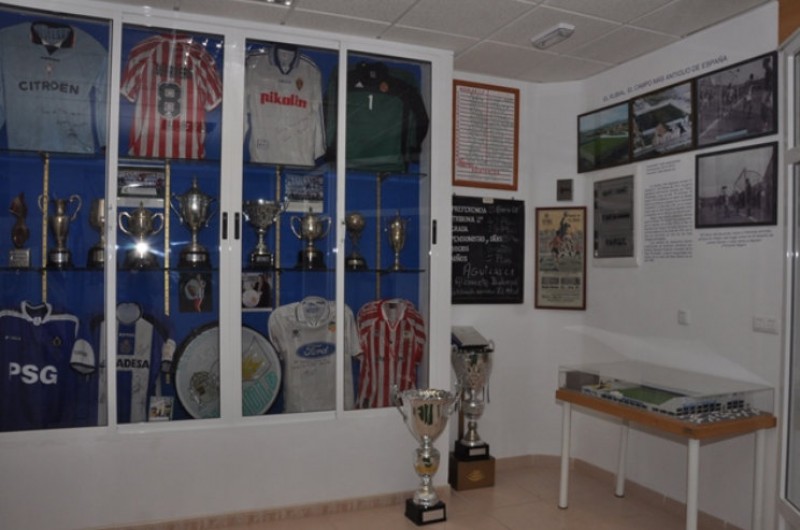
Águilas Sporting Club was one of the first in Spain and dominated the sport in Murcia for 20 years The town of Águilas is not immediately associated with footballing success, but in fact it has one of the oldest traditions in the whole of Spain in the sport, the first club having been founded here by members of the British mining and railway construction community in the 1890s. It was 1896 when Sporting Club Aguileño (or Águilas Sporting..
READ MORE
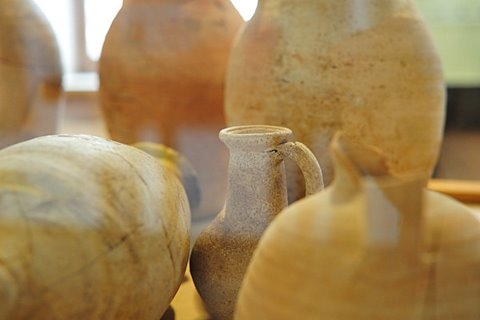
Águilas, 5000 years of habitation The coastal location, natural water supplies and rocky Sierras of Águilas have ensured settlement since early prehistory, although the development of the town we see today has only occurred during the last 300 years. Prehistoric Águilas Águilas has been inhabited for approximately 5000 years, with several sites showing prehistoric settlements, amongst them Cope, Peñarrubia, Tébar, Chuecos, Fuente..
READ MORE